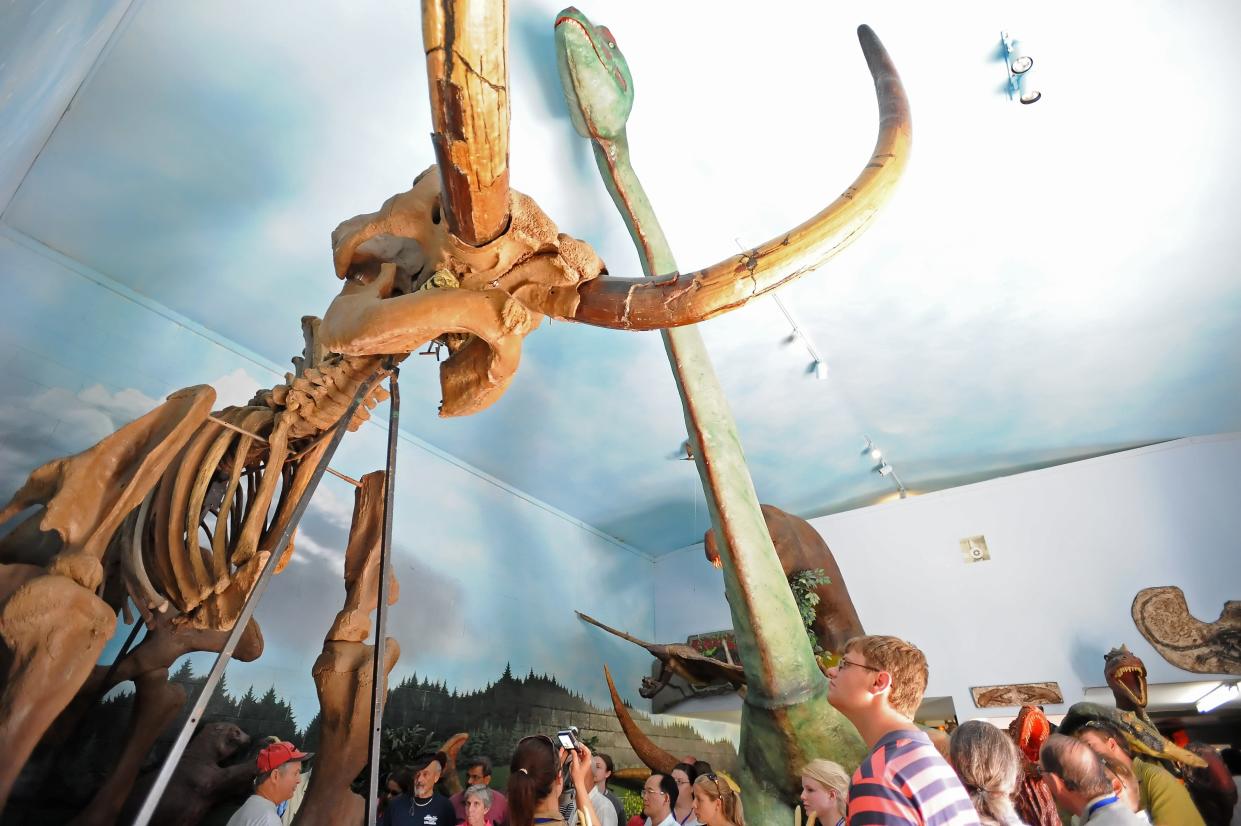The search for the very first Ohioans continues | Archaeology

The most important unanswered question in Ohio archaeology may be “When did people first set foot in Ohio’s green and pleasant land?” It’s important because archaeologists appreciate that you need to understand the past in order to make sense of the present. So in order to understand how Ohio’s various Indigenous American Indian cultures arose and developed, you have to start at the beginning.
For many years, archaeologists thought the beginning was the Clovis culture, named for Clovis, New Mexico, where a particular type of spear point, now called a Clovis point, was found among the bones of a mammoth. The Clovis culture dates from 13,050 to 12,750 years ago. Many Clovis points have been found in Ohio, so we know these ancestors of America’s Indigenous people lived here too. But were they the first people to live here?
Nope.
Many sites in North and South America have proven to be older than Clovis. Next door in Pennsylvania, for example, archaeologists found evidence for people living in Meadowcroft Rockshelter at least as early as 16,000 years ago. Some of the artifacts from the early layers of the site are made from Ohio’s Flint Ridge flint, so we can be sure at least some of those pre-Clovis people passed through Ohio on their way there.

The Firelands ground sloth was found in a swamp in Huron County sometime before 1915. A recent examination of the bones by a team led by Brian Redmond at the Cleveland Museum of Natural History found numerous possible cut and chop marks on one of the leg bones, which suggests the sloth was butchered by people. A radiocarbon date on the bone showed the sloth died around 13,600 years old — more than five centuries before the Clovis culture.
The Burning Tree mastodon was uncovered in 1989 in Licking County. The bones were in three separate piles and there were possible cut marks on a few of them. The mastodon appears to have been butchered by people who then piled parts of the carcass in a nearby pond to preserve the meat for later use. Radiocarbon dates indicate the Burning Tree mastodon died around 13,300 years ago — more than two centuries before Clovis.
Evidence from genetics shows that the ancestors of American Indians parted ways with their Asian relatives by around 16,000 years ago, which fits well with those early dates from Meadowcroft Rockshelter. But could people have been here even earlier?
Maybe, but then those people would not have been direct ancestors of American Indians — though they would have been closely related.
At White Sands National Park in New Mexico, archaeologists recently found human footprints alongside giant sloth and mammoth tracks. Radiocarbon dates on seeds in the same layers as the footprints suggest they date to as much as 23,000 years ago. Other archaeologists, however, have concerns about those extraordinarily early dates. For example, those seeds are likely to have been contaminated by much older carbon in the lakes where the plants were growing. This could make the radiocarbon dates thousands of years older than the actual age of the footprints.
For now, I think about all we can say for sure is that the search for the very first Americans isn’t over.
Brad Lepper is the senior archaeologist for the Ohio History Connection’s World Heritage Programblepper@ohiohistory.org
This article originally appeared on The Columbus Dispatch: Who were the first peole to set foot in Ohio?

